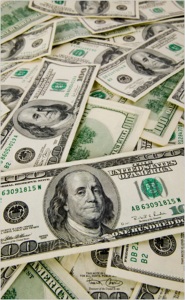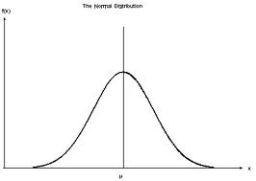Psychology, my college major, is a social science, not regulated by real math or hard science, but governed by just-conceived “statistically significant” theories. The field of study is fraught with periodic eliminations of previously-thought treatable medical diagnoses (neurosis of the 1950’s) and re-definitions of old disorders (was multiple personality-now dissociative identity disorder). Without diving deeper into today’s psychology theories, let’s focus briefly and admittedly amateurishly, on one of the newly-defined dissociative disorders, dissociative amnesia.
The Mayo Clinic states the main symptom of dissociative amnesia as “…memory loss that’s more severe than normal forgetfulness and can’t be explained by a medical condition…an episode may last minutes, hours, or, rarely, months or years.” Many of us have necessarily resorted to self-imposed, periodic onsets of dissociative amnesia when asked to discuss or understand today’s money matters. As we have gradually slipped into a world of global economics, we have been asked to forget a lot of what we learned was true about national financial certainties.Today, we are lectured that it is not important that any one county is literally insolvent, bankrupt, if you may.
That countries in Europe may be running ridiculous deficits to support their own political promises seems no more or less significant than our own country’s claims that being trillions (yes…12 zero’s after a number!) of DOLLARS in debt is inconsequential . Let’s once again try to comprehend the number trillion. (A) You are able to carry $10,000 of hundred dollar bills in your pocket easily. (B) You can stuff $1,000,000 worth of hundred dollar bills into a grocery bag and walk around with it. (C) $100,000,000 of hundred dollar bills can fit inside your walk-in closet or gun safe in the basement on a standard pallet. (D) For a billion…$1,000,000,000 of hundred dollar bills, it is possible fit all of the hundred dollar bills inside your triple-car garage. Now, get ready for this visual:
This is the number of PALLETS (double stacked) of hundred dollar bills it would take to total a trillion dollars, $1,000,000,000,000. It is not necessary for you to try to count these pallets, only to attempt to contemplate how much larger a trillion is than a billion, let alone a million.
Back to dissociative amnesia. Each of us, including the Chair(wo)man of the Federal Reserve and President of the United States, must immediately self- impose this psychological disorder in order to postulate how unimportant something so mundane as the federal deficit is today. We are also required to NOT associate national or global deficits with recent massive gains in the equity markets . We must not consider deficits when predicting future economic growth WITHOUT central bank stimulus. Additionally, it is mandatory that we now conveniently “forget” about ever again receiving reasonable interest rates on our retirement savings bank accounts.
Any of us who is determined to understand or discuss subjects like national deficits, seemingly endless stock market gains, or current non-existent interest rates, simply needs to forget virtually everything that used to be “normal,” AND as we have recommended above, merely self-impose dissociative amnesia. It is not necessary to place a time limit on our disorder, as only the future will dictate when we are allowed to remove it from each of our daily economic analysis efforts. As it has always been advertised that “misery loves company,” be assured that you are not the only one in the room experiencing cases of self-inflicted DISSOCIATIVE AMNESIA.















 ,
,





